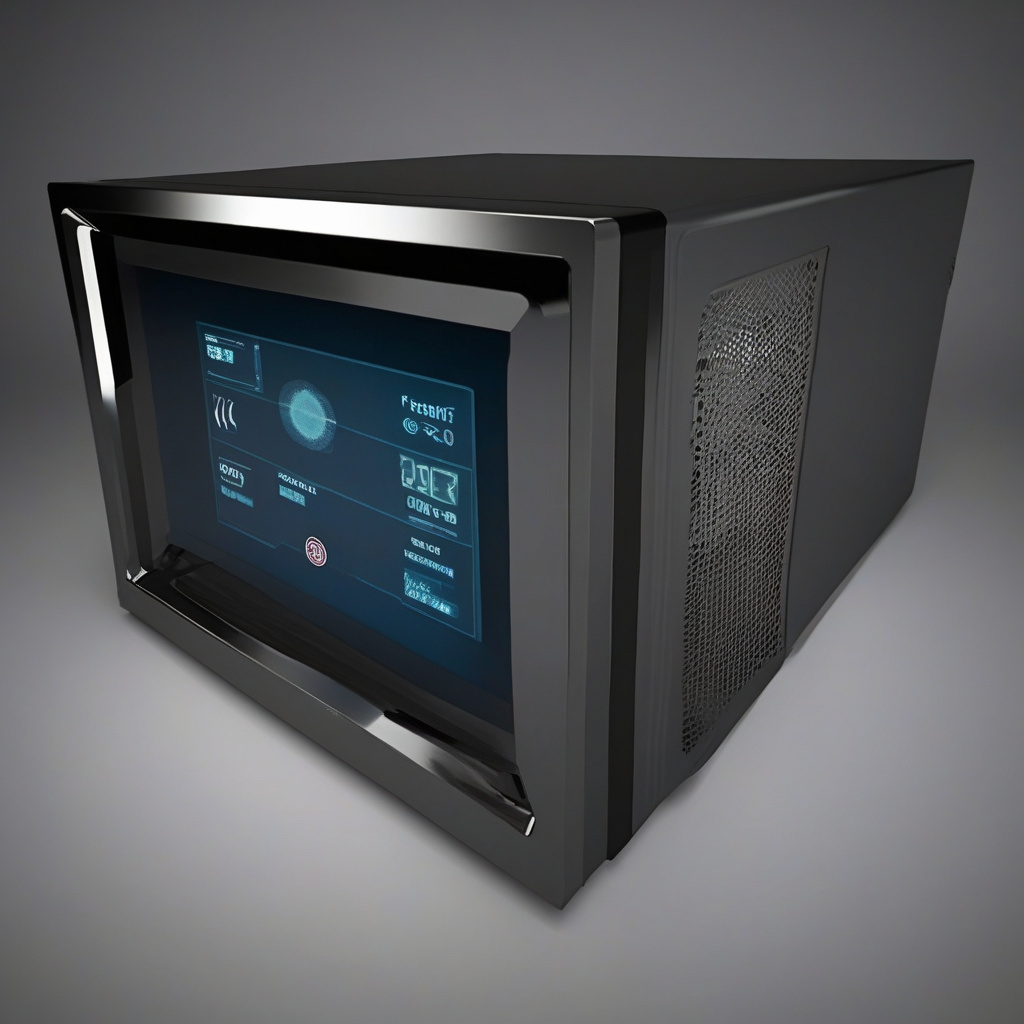Microwave-Sized Device Outperforms Dogs in Sniffing Out Fentanyl at US Border
A portable device that sniffs out fentanyl, cocaine, and explosives from the air better than man’s best friend? It may sound like science fiction, but this groundbreaking technology is now a reality, revolutionizing border security and law enforcement efforts in the fight against drug trafficking.
Developed by a team of researchers at the University of Rhode Island, this microwave-sized device is equipped with an array of sensors that can detect minute traces of fentanyl, a potent synthetic opioid that has been responsible for a growing number of overdose deaths in the United States. In recent years, fentanyl has become a major concern for law enforcement agencies, as traffickers have increasingly turned to this highly potent drug to boost the potency of heroin and other opioids.
Traditionally, drug-sniffing dogs have been the go-to method for detecting illegal substances at border crossings and other points of entry. While highly effective, these canine units have limitations, including the risk of exposure to dangerous substances and the need for regular breaks and rest periods. In contrast, the microwave-sized device can operate continuously, providing real-time data on the presence of fentanyl and other illicit substances in the surrounding environment.
The device works by sampling the air and analyzing it for the presence of specific molecules associated with fentanyl, cocaine, and explosives. Using advanced algorithms and machine learning techniques, the device can differentiate between different compounds with a high degree of accuracy, allowing law enforcement officers to quickly identify and intercept suspicious packages and individuals.
In addition to its superior detection capabilities, the device offers other key advantages over traditional detection methods. Unlike drug-sniffing dogs, which require extensive training and ongoing care, the microwave-sized device is easy to operate and maintain, making it a cost-effective solution for law enforcement agencies with limited resources.
Moreover, the device is compact and portable, allowing officers to deploy it in a wide range of settings, from border checkpoints to cargo inspection facilities. This versatility makes it a valuable tool in the ongoing battle against drug trafficking and the illicit drug trade, which poses a significant threat to public health and safety.
While the microwave-sized device represents a major leap forward in drug detection technology, its creators are already looking ahead to future innovations. Plans are underway to further enhance the device’s capabilities, including the development of new sensors for detecting additional substances and the integration of artificial intelligence to improve its overall performance.
As law enforcement agencies continue to grapple with the challenges of drug trafficking and transnational crime, technologies like the microwave-sized device will play an increasingly important role in their efforts to safeguard communities and protect public health. By leveraging the power of cutting-edge science and innovation, these agencies can stay one step ahead of criminals and prevent the flow of dangerous substances into the country.
In conclusion, the microwave-sized device represents a game-changer in the field of drug detection, offering a more efficient, reliable, and cost-effective alternative to traditional methods. With its ability to outperform drug-sniffing dogs in sniffing out fentanyl and other illicit substances, this technology is poised to make a lasting impact on border security and law enforcement operations in the United States and beyond.
border security, drug detection, fentanyl, law enforcement, innovation












